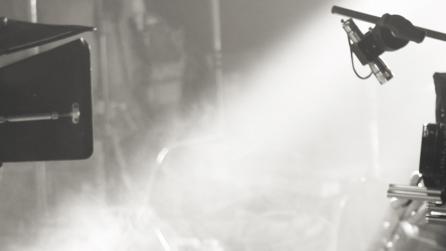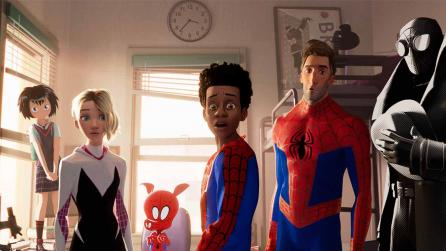How Universal Scene Description is set to change the face of VFX
The adoption of Universal Scene Description (USD) is set to have a seismic impact on the VFX industry - and even beyond.
Developed by the R&D team at Pixar, USD is open source software that enables the robust, scalable interchange and augmentation of arbitrary 3D scenes made up of different assets.
Or, as Jordan Thistlewood, Group Product Manager for Katana, Mari and Flix at Foundry, puts it: “There have been open standards for images, cameras, geometry, and other information in 2D and 3D workflows, but never a container format that really covers the multiple uses of a whole series of different assets.
An asset might be, for example, all the things in a room; a table, a phone, the walls: all those things together are individual assets that individual artists work on, which get amalgamated together to make the room scene asset.
On a high-level basis, USD says ‘this is how we’re going to describe how all these things are placed and how they are used’ and then adding to that layers of variation: that there are three different types of chair, or different types of phone that you can switch between.”
Adam Cherbetji, Lead Engineer at Foundry, sums it up: “It’s about the continuity of decisions throughout the pipeline, so there’s a universal language that goes all the way through, and then consistency of visualization.”
So why is the growth of USD so exciting?
A big part of it is the versatility and flexibility the technology affords, Foundry Engineering Manager, Robert Fanner, says: “USD means there’s less baking down of your data. Your baked down data and your edited data are available for other applications throughout the pipeline and because it isn’t in a specific format, it’s going to make it easier over time for applications to make certain things editable later on.
Something modelled very early on can be tweaked later on down the line more consistently and more easily than before.”
This flexibility is a total revelation in what was previously quite a rigid process, Adam explains: “Previously, pipeline production was like a waterfall. Each stage of the process would happen and then the asset would go down to the next step, but to transition to the next, there would be a baking process that would cook the changes in.
So if you wanted to change anything, you’d have to go right back to the beginning. Now, you can keep those assets live without baking them. That means you can continue to edit them.
It’s removing a barrier, which makes it just that little bit easier to make changes. It empowers artists, making iteration less painful and taking away any barriers to creativity.”
Ultimately, this freedom will make collaboration between artists at every stage of the pipeline - whether they’re at the very beginning or the very end: “There’s hope that in the future, all the applications speak the same language, so that assets can seamlessly zip between different departments like layout, animation, and camera, allowing each team to do their bit without affecting the work done by the others,” Adam says.
With USD, the actual act of collaborating will be improved. The way USD files are structured in a layered manner means that people can work simultaneously on the same assets without treading on each other. 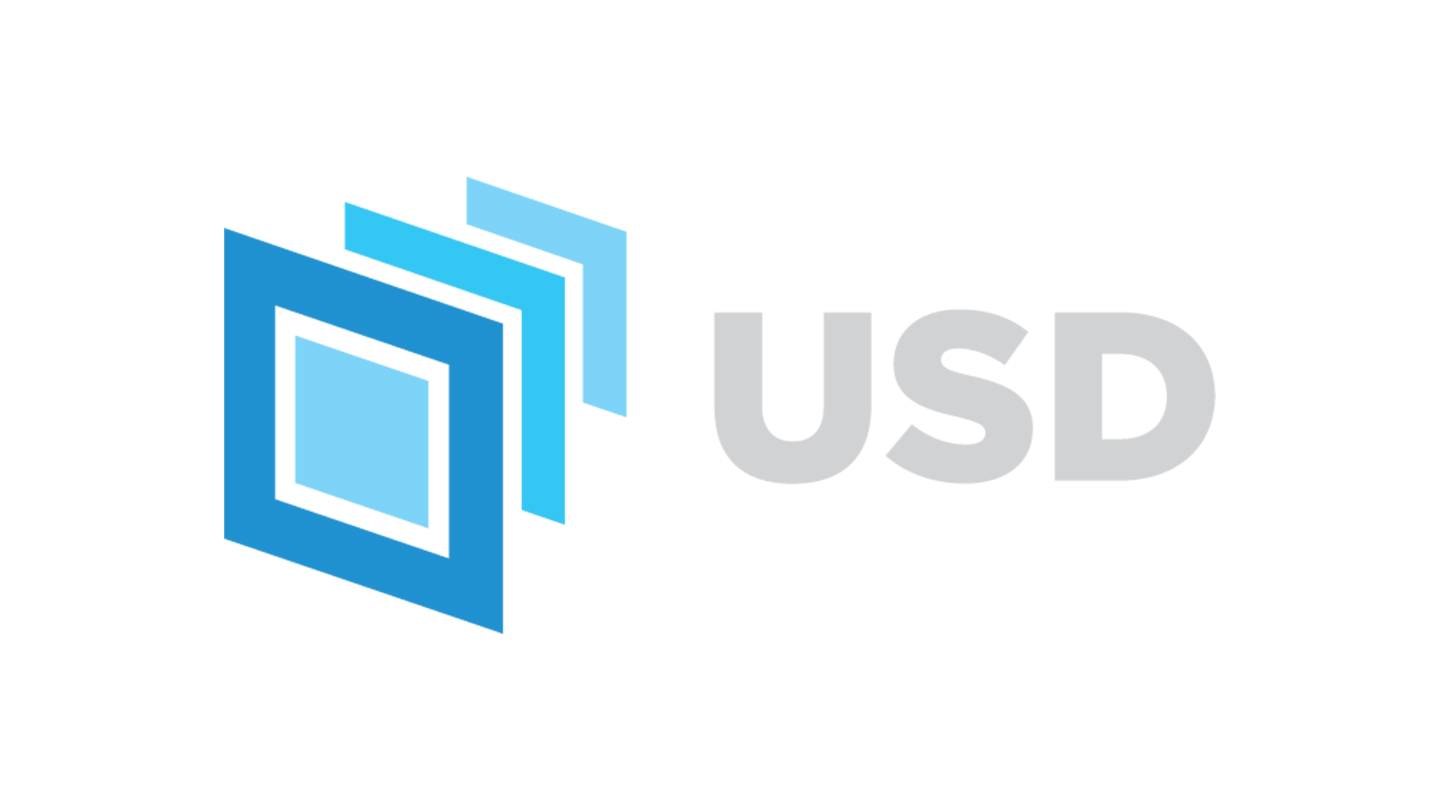
You’ll have a shot, a USD file, which will be composed of several layers, with different composition arcs that control the way they override each other. Ultimately you might have one layer file per department, so they’ll be non-destructive to the other. Artists can adjust the shot without ruining anyone else’s work, and the final results are still composed of each department's layers.
Previously, you’d have all of the different assets, and at the end you would pull them all together and try and render them into something. There would be a lot of wrangling involved.
Whereas now, each department can work on it unimpacted: they can see other people’s changes and override them - but it won’t change them or be destructive.”
Because of the inherent advantages USD affords, it’s a technology the industry has picked up and ran with at an extraordinary pace: “It’s seeing the highest level of interestfastest adoption I think we’ve seen of all the open standards, which is exciting,” says Jordan.
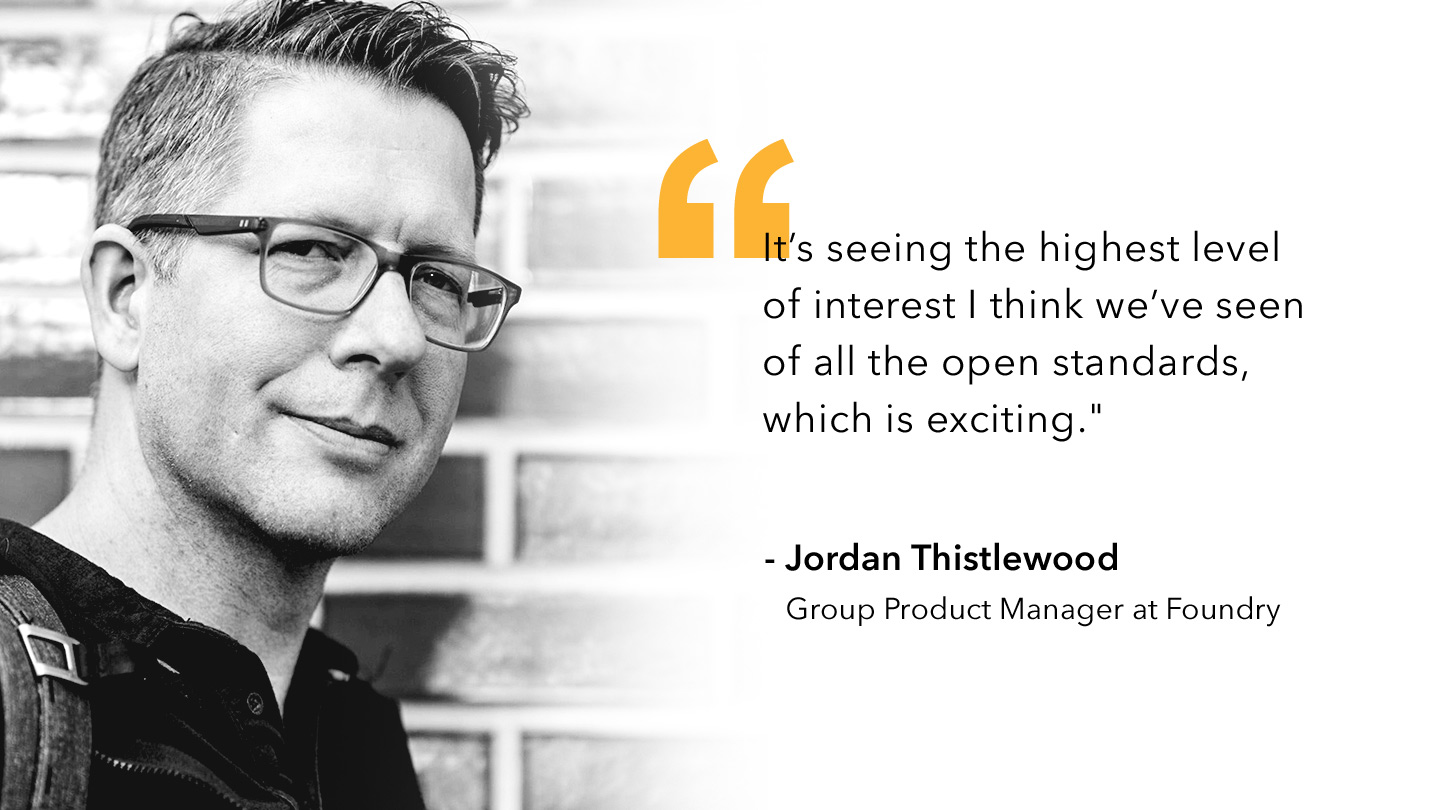
“Software vendors are experimenting with it, people are building up a lot of ideas about it, the major studios are implementing it in parts (but not necessarily using every aspect of it yet), and then you also have some of the small to medium size studios getting involved.
The speed at which USD is developing poses its own challenges however, he points out: “USD is advancing at too fast of a pace to keep up with it on a month-by-month basis. I think that will be a great hallmark - when studios and software vendors all agree that there is a base level of consistent technology in there, that everybody is happy and it can be deemed that this is the version we lock to as part of the VFX Reference Platform. That will be a great milestone for USD.”
Christy Anzelmo, Group Product Manager for the Nuke family at Foundry, agrees that eventually once the dust has settled, USD will make its way over to one of the open source arbiters - and that this would be highly beneficial for all involved: “We expect that the quick pace of development is going to continue and USD will evolve quite a lot over the next year, as more studios and vendors advance USD and contribute work back to the project.
For us as developers, this is a challenging moment as we want to add and expand USD support in our tools, but if we implement functionality too soon, there’s a risk our tools and our customers will miss out on further improvements that are right around the corner and we’ll all end up needing to maintain non-standard workflows for some time.
That’s why USD maturing into a standard version and being on some kind of platform, whether it’s VFX Reference Platform or even part of the Academy Software Foundation (ASWF), will be really powerful.”
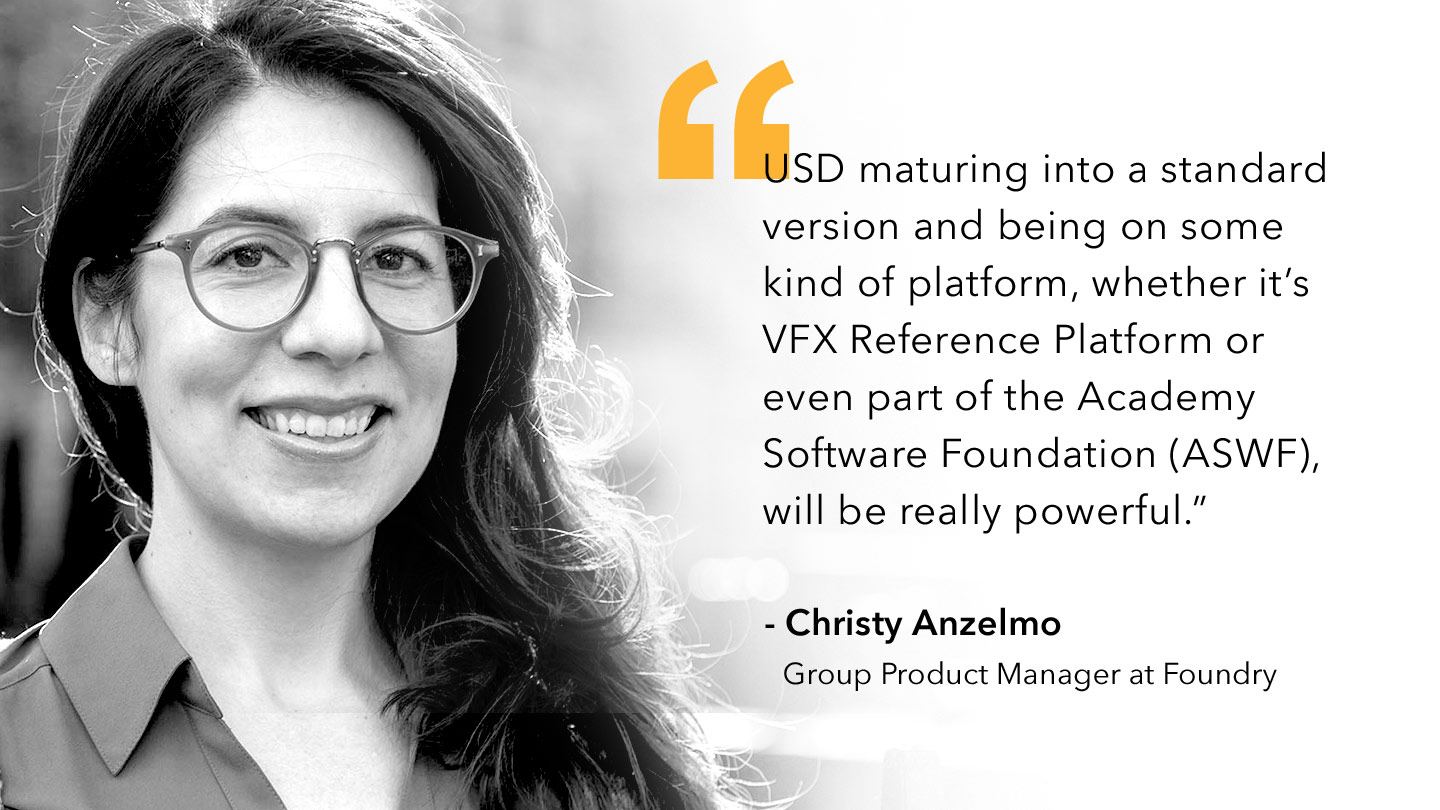
For companies like Foundry, which has a strong ethos of making tools that can easily be connected to others in a studio pipeline, USD is something to be embraced wholeheartedly.
We partnered with Pixar to port USD to Windows, even sending a developer onsite at Pixar. Katana was also the first program to utilize the USD Hydra viewport technology, shipping with Katana 3.0v1 as of May 2018. And for the future, we’re using USD to power some of our forward-looking research projects.
Intrigued? Don’t miss our follow up article, out soon, to find out more about how USD is enabling faster and more versatile workflows in our creative software.

